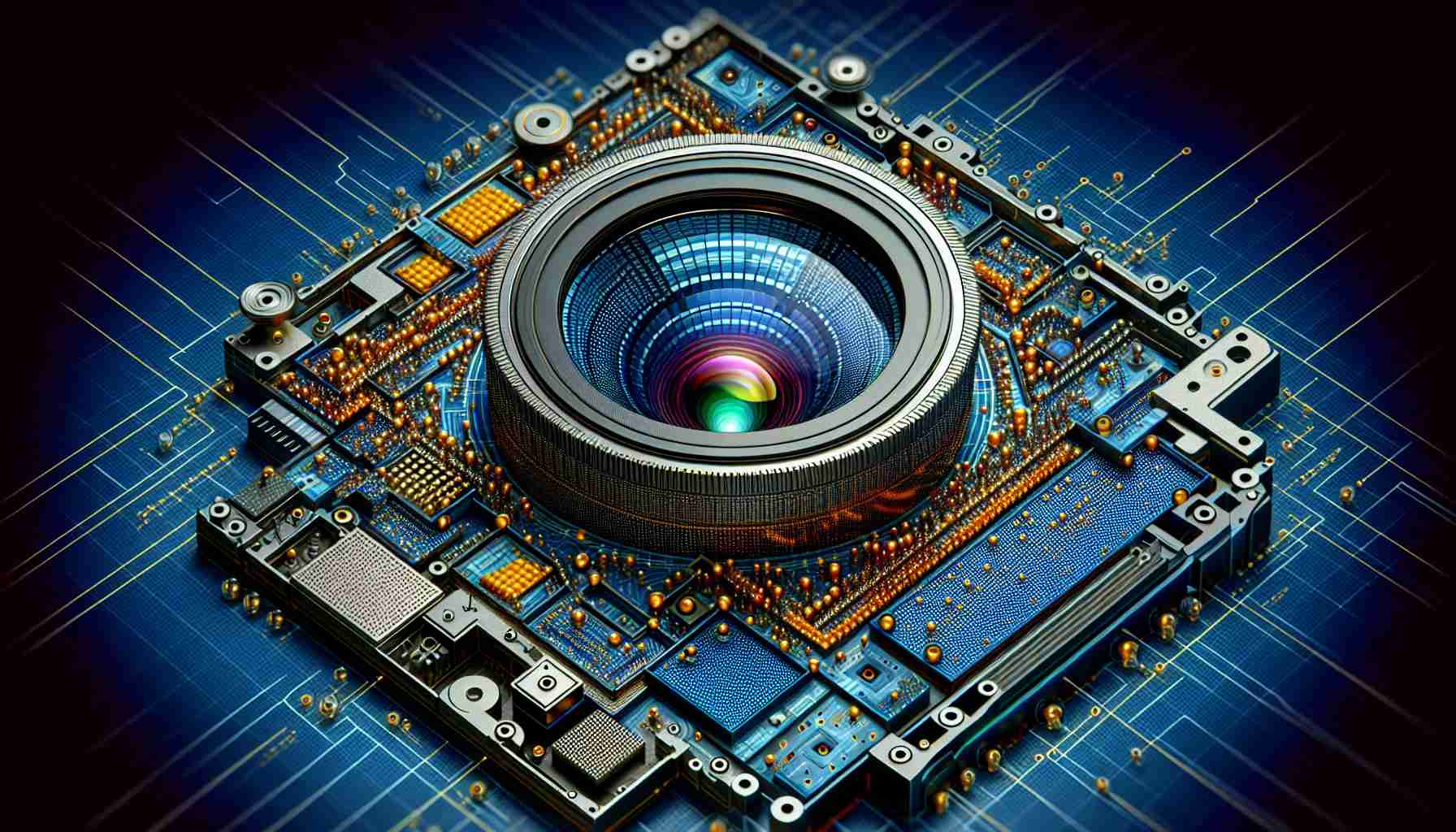In the competitive world of smartphone technology, the term “micron” is becoming synonymous with innovation and advancement. Microns refer to the size of the pixels on a camera sensor, and as manufacturers delve into new possibilities, these tiny measurements are gaining significant attention. Smaller micron sizes usually mean more pixels can fit onto a sensor, enhancing the camera’s ability to capture finer details. This is crucial for producing high-quality images, particularly in low-light conditions.
The evolution of smartphone cameras has been driven largely by the need for improved detail and color accuracy, and pixel size plays a significant role in this. As companies strive to build sensors with smaller microns, they are also focused on overcoming the challenges such as reduced sensitivity and potential noise in images. Advanced computing techniques, like computational photography, are pushing the boundaries of what’s achievable with smaller pixels, allowing for improved performance without compromising quality.
Looking ahead, the future of smartphone photography could very well be defined by microns, transforming our devices into even more powerful tools. Enhanced low-light photography, increased zoom capabilities without losing clarity, and even holographic imaging could all become a reality. These advancements are likely to redefine our visual experiences and open new avenues for creativity and expression.
Smartphone enthusiasts should keep their eyes on this micron movement, as it promises to deliver groundbreaking enhancements not just in imaging, but across all aspects of mobile technology.
The Hidden Revolution: How ‘Microns’ May Reshape the World Beyond Smartphone Photography
As the hustle for superior smartphone cameras heats up, the concept of “microns” is capturing the interest of not just photography enthusiasts but ripple effects are felt across various domains. But how exactly do these microscopic measures impact realms beyond selfies and snapshots?
The Expanding Reach of Microns
While improved smartphone photography is the obvious benefit of smaller microns, their implications are far-reaching. In industrial settings, sensors leveraging smaller microns are facilitating advancements in quality control and automation. With enhanced capability to detect finer details, machines can now identify microscopic defects in manufacturing processes that were previously undetectable, leading to increased efficiency and reduced waste.
Challenges and Controversies
Yet, as with any technology, ethical questions arise. In surveillance, for example, the ability to capture more detailed images with smaller sensors raises privacy concerns. How will societies balance technological advancement with individuals’ right to privacy? Can strict regulations be implemented to ensure that these advancements do not lead to unintended surveillance overreach?
Pros and Cons
The advantages of integrating microns into broader technology sectors include enhanced precision, more efficient data capture, and potential cost reductions. However, there are downsides. The rush to miniaturize sensors can lead to increased production costs, and the potential for privacy invasion is a serious concern.
Ultimately, the micron movement is poised to extend beyond smartphones, impacting industries and societies at large. How will we adapt to these evolving technologies, and what measures will be implemented to harness their potential while safeguarding privacy?
For more insights into technological innovations, visit Wired and CNET.























